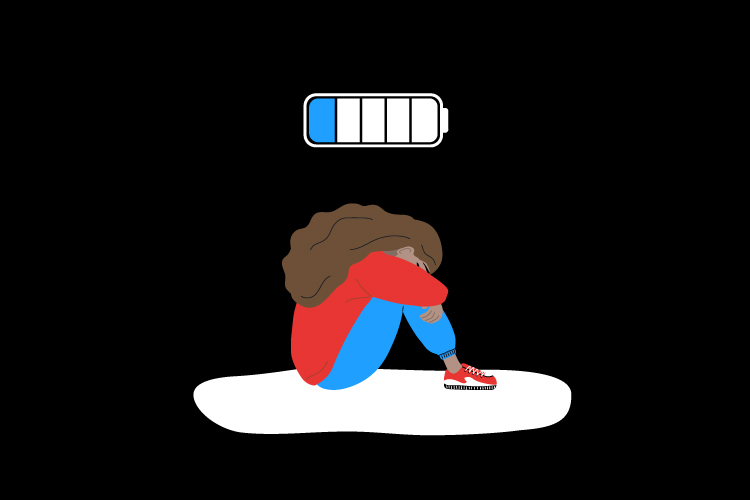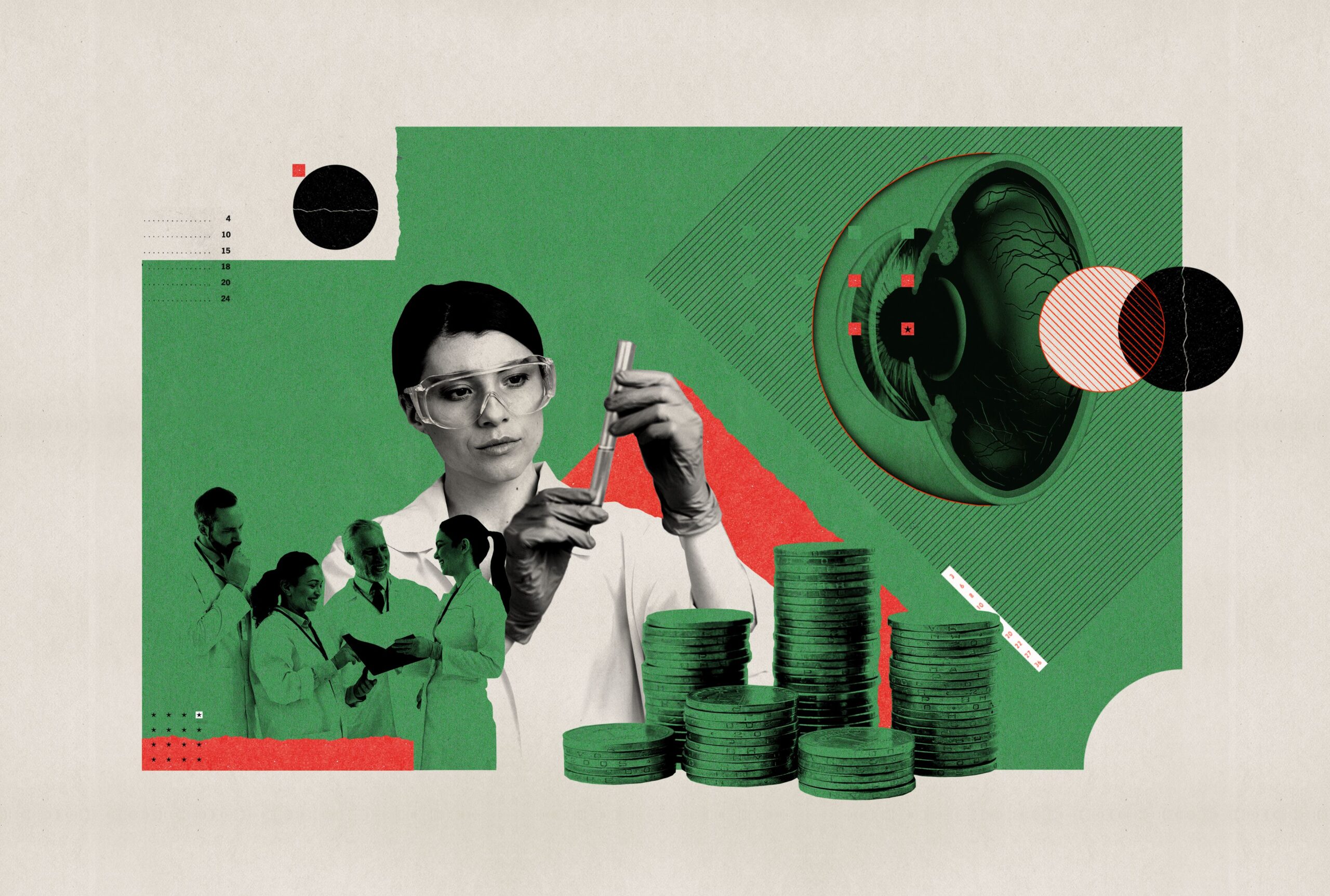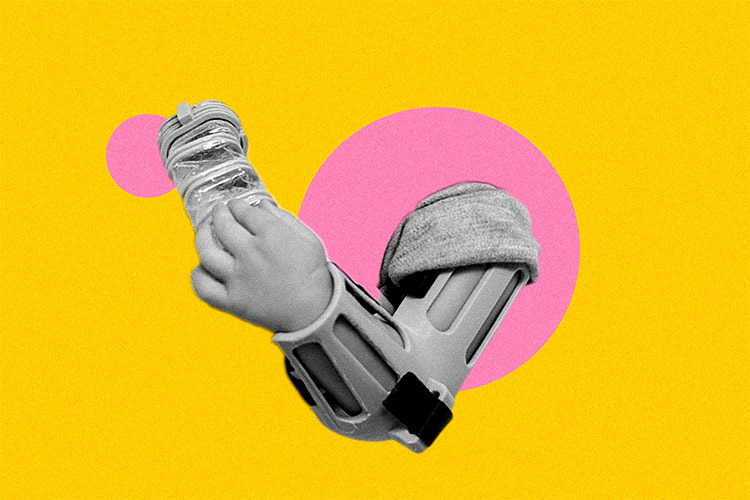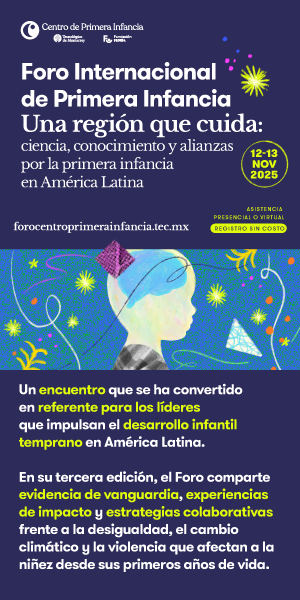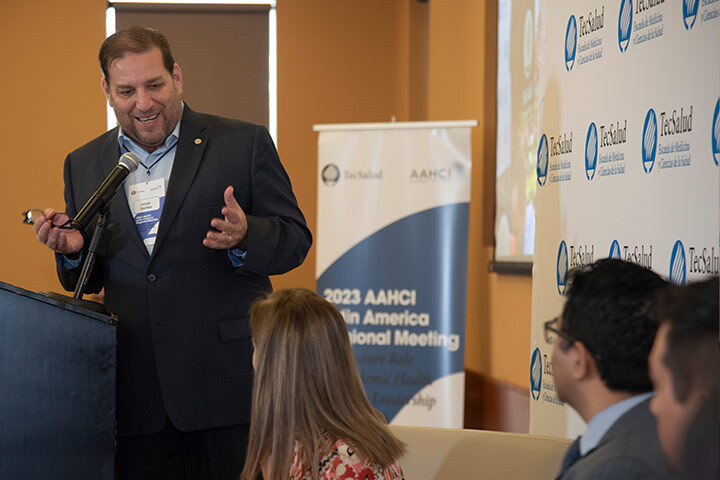Healing a wound can be as simple as applying a patch. But when it comes to diabetic or chronic wounds, the company Asclepii offers something more: a solution that heals from within.
Complications of diabetic foot, including ulcers, are one of the main causes of hospitalization in patients with this disease.
This problem is added to chronic wounds, characterized by their inability to heal in an expected time, and is an increasingly important clinical problem. Some diabetic wounds can become chronic ones.
“Diabetic wounds, particularly those that become complicated and result in amputation or death, you won’t believe it, but they are the ones that become infected, mainly with fungi and bacteria,” says Franco Kraiselburd, CEO of Asclepii, a science-based technology company aimed at creating tissue engineering therapies at an affordable price, in an interview with TecScience.
One of the products they plan to do this with is Artemis, a three-dimensional matrix in the form of a patch that works similarly to a Band-Aid. Still, instead of plastic or latex and glue, it comprises a biopolymer that prevents the wound from becoming infected before the patient can see a doctor.
The biopolymer is made from chitosan with anti-hemorrhagic and antimicrobial properties −a hyaluronic acid polysaccharide that retains water− gelatin, and collagen. Combined, these result in a sponge to which analgesics, antimicrobials, or coagulants can also be added.
“Artemis works like a primary wound dressing; it would be the first thing you put on the wound to prevent it from getting worse,” explains Kraiselburd. It can be placed with a bandage until the patient receives professional help.
Artemis, he Band-Aid of the Future
Although he is Argentinian, Kraiselburd grew up in southern Brazil, and during his adolescence, the region faced an intense diabetes crisis.
Over time, he learned that chronic wounds -which are common in people with this condition- take a long time to heal, open constantly, or do not heal at all as a result of circulation problems or diabetes.
It is estimated that worldwide 1.5 to 2.2 people per one thousand inhabitants, or 40 million people, suffer from them, and their incidence is expected to increase with the aging of the world’s population.
With this in mind −and after working in the laboratory of Arnold Caplan, known as the father of mesenchymal cells and whose research is the basis of some stem cell therapies− he decided to use his knowledge and that of a Chilean company that had developed a similar biopolymer to found his own.
Their star product is Artemis, a patch about three millimeters thick that can be placed directly on a wound to keep it free of infection. Unlike band-aids, it does not have to be removed since it is made of biodegradable compounds and is completely absorbed by the body without generating toxic compounds.
“When I was a child and had a wound, they put a conventional bandage on me, but when they removed it, they dragged the scab with it, and the [immunological] cells could not close the wound,” says Miguel Fuentes, Chief Scientific Officer of Asclepii.
Now, with Artemis, diabetic or chronic wounds can begin to heal before a patient receives medical attention.
In collaboration with the School of Medicine and Health Sciences at Tec de Monterrey, the group has recently added silver nanoparticles to this patch to enhance its antimicrobial effect.
“We have known for a long time that metal nanoparticles have antimicrobial properties by interfering with the genetic material of pathogenic microorganisms,” explains Fuentes.
Advanced Therapies for Everyone
So far, Artemis’ technology already has a TRL (technology readiness level) four, meaning it has already been extensively validated in laboratories.
“We have tested the biopolymer in cells, and we understand very well how it works and reacts to different temperatures,” says Kraiselburd. “What follows are preclinical trials.”
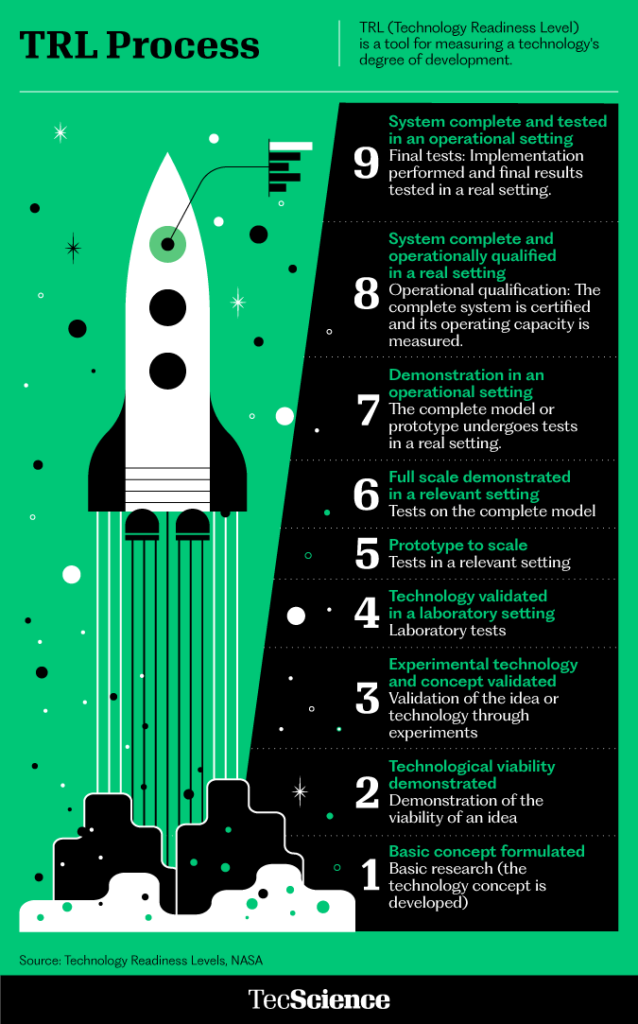
After that, clinical trials in humans will follow, so they hope that the first versions of this patch will be ready within two to three years.
The idea is that later, medicines, technologies, and sensors will be added to the base biopolymer to heal wounds quickly and even regenerate tissues, thus creating different versions of Artemis that solve specific problems.
“Although we are focusing on wounds such as diabetic foot, this type of technology has also been tested burn patients, people with venous ulcers, fractures or cartilage damage,” says Fuente.
The platform is so versatile and scalable that it can even be used as a noninvasive method to deliver a drug to a patient for a long or short period, depending on the needs of each specific treatment.
Thus, with companies like Asclepii, a future with wound healing and tissue regeneration advanced therapies that are affordable and available to everyone seems to be possible.
Were you interested in this story? Do you want to publish it? Contact our content editor to learn more about marianaleonm@tec.mx


